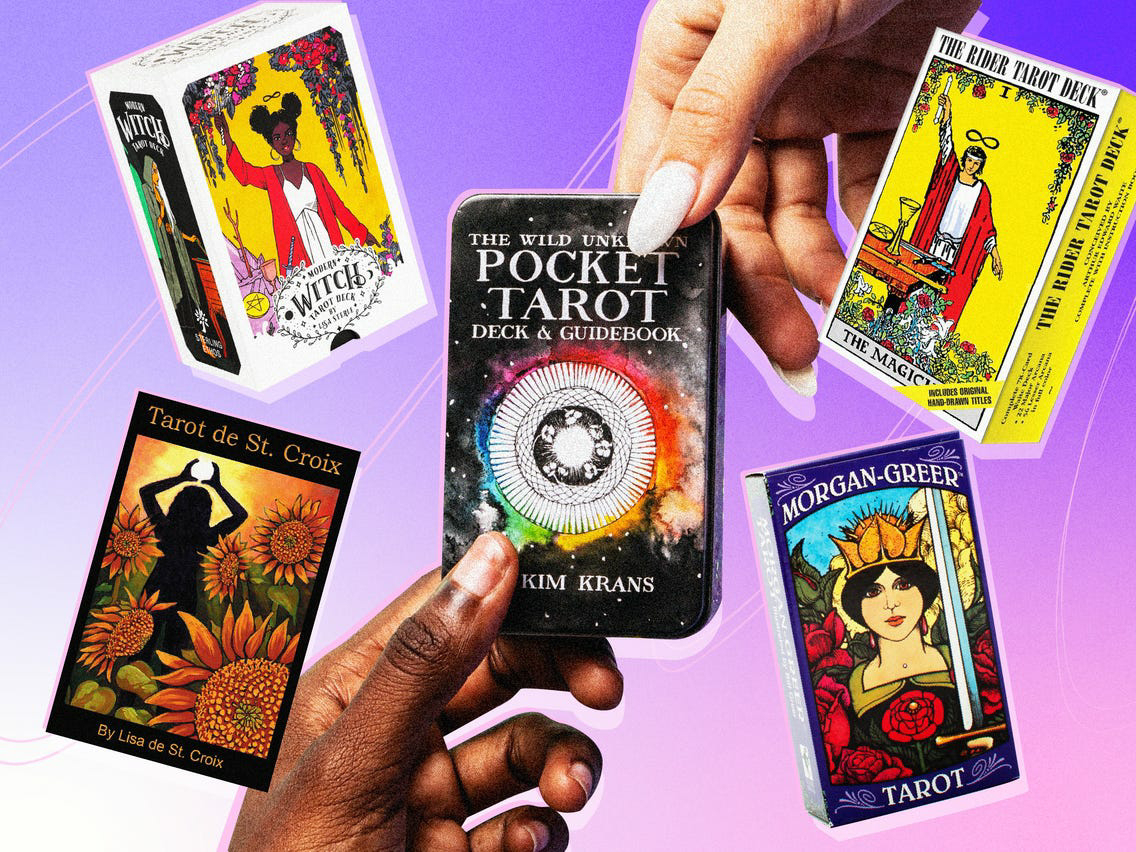Title: The Secret
Author: Rhonda Byrne
Genre: Self-Help, Personal Development
Published: 2006
"The Secret" by Rhonda Byrne is a self-help book that gained immense popularity upon its release. The central premise of the book revolves around the Law of Attraction, which suggests that positive or negative thoughts bring positive or negative experiences into a person's life.:
"The Secret" introduces the Law of Attraction as the key to unlocking happiness, success, and fulfillment in one's life.
The book posits that our thoughts and feelings have the power to shape our reality, and by focusing on positive thoughts and maintaining a strong belief in one's desires, individuals can manifest their dreams.
1. Empowering Concept: The Law of Attraction is an intriguing concept that can motivate readers to take control of their lives and work toward their goals.
2. Easy to Understand: Rhonda Byrne presents the material in a straightforward and accessible manner, making it suitable for a wide range of readers.
3. Inspiring Stories: The book includes real-life success stories from people who claim to have benefited from the Law of Attraction, which can be motivating.
"The Secret" by Rhonda Byrne has undoubtedly had a significant impact on the self-help genre and has inspired many individuals to adopt a more positive mindset. However, its validity and applicability vary from person to person.
Readers should approach the book with an open mind and a healthy dose of skepticism, recognizing that while positive thinking can be beneficial, life's complexities are not entirely reducible to the Law of Attraction as presented in the book.



























